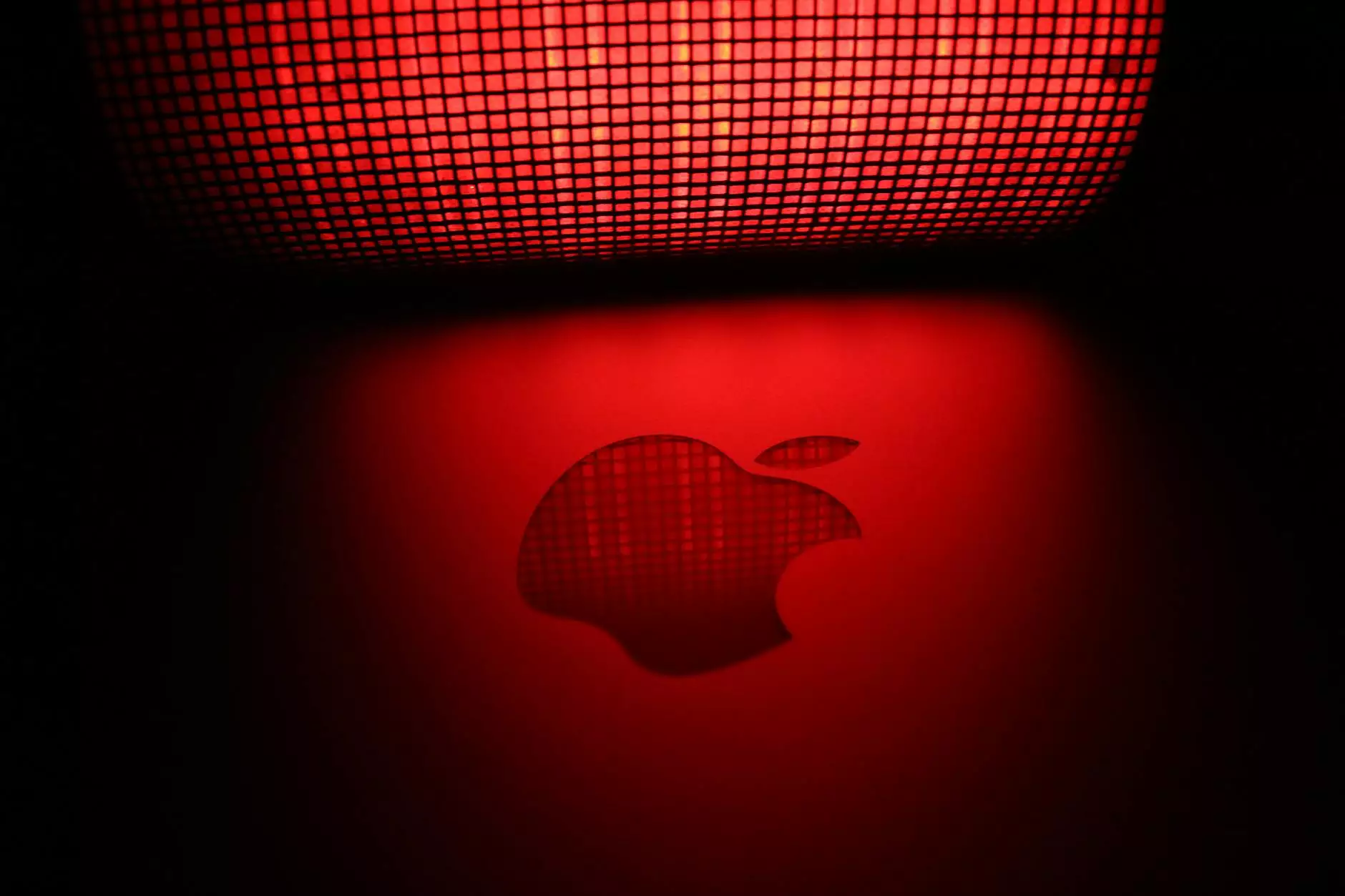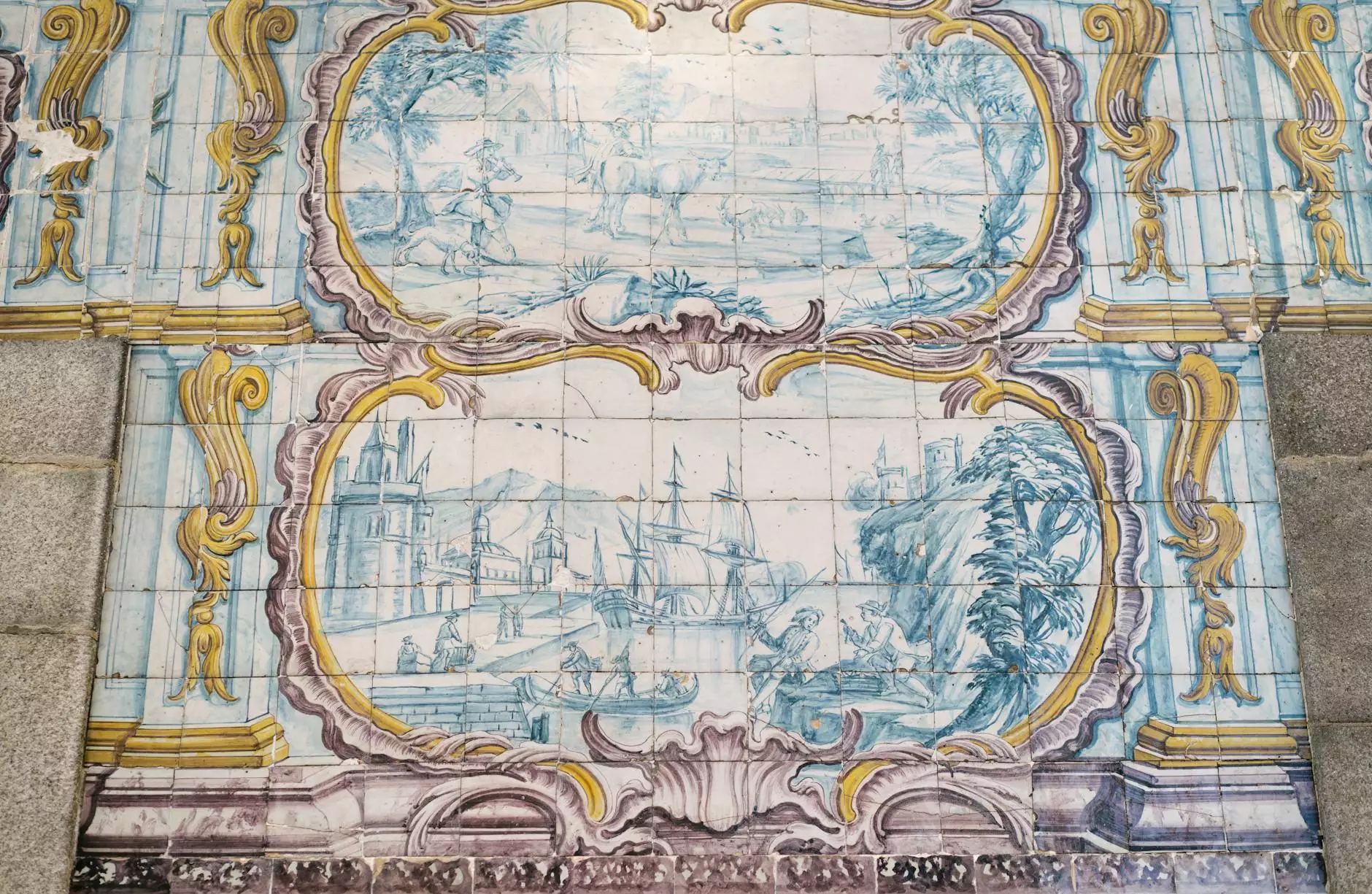What Is Modern Logo Design? 10 Trends + Examples
Blog
Introduction
Welcome to Stuart Web Design's comprehensive guide on modern logo design trends and examples. As a leading provider of business and consumer services in marketing and advertising, we understand the importance of a well-designed logo in establishing a strong brand identity. In this article, we will dive into the latest trends and showcase some inspiring examples to help you create a standout logo that resonates with your target audience.
1. Minimalism
One of the prominent trends in modern logo design is minimalism. Minimalist logos often feature clean lines, simple shapes, and a limited color palette. This approach creates a timeless and versatile design that exudes sophistication. Companies like Apple and Nike have successfully embraced minimalist logos, allowing their brands to become instantly recognizable.
2. Geometric Shapes
Geometric shapes continue to be a popular choice in modern logo design. By leveraging circles, squares, triangles, and other symmetrical or asymmetrical shapes, designers can convey various meanings and establish a sense of balance and harmony. Geometric logos are visually appealing and can represent a wide range of industries, from technology to finance.
3. Negative Space
Utilizing negative space cleverly in logo design can create visual illusions and hidden meanings. This technique has gained traction in recent years, as it adds an element of intrigue and engages viewers to discover hidden symbols or messages within the logo. Take the FedEx logo as an example, where the negative space between the "E" and the "x" forms an arrow, symbolizing speed and efficiency.
4. Hand-drawn Elements
In a digital age, hand-drawn elements bring a touch of authenticity and uniqueness to modern logo design. Combining hand-drawn illustrations or typography with digital techniques is a great way to infuse personality into a logo. Hand-drawn logos can evoke emotions and establish a more personal connection with the audience, making them particularly effective for businesses in creative industries.
5. Gradient Effects
Gradient effects have made a comeback in modern logo design, adding depth and dimension to flat designs. By blending two or more colors seamlessly, gradients create a visually appealing and vibrant logo. Gradient logos can give a modern and futuristic impression, making them suitable for brands in technology, entertainment, and fashion sectors.
6. Typography
Typography plays a crucial role in logo design, as it sets the tone and communicates the brand's personality. Modern logo design often incorporates custom lettering or unique font combinations to create a distinctive look. Whether it's a bold and edgy serif font or a playful and whimsical script, typography in logo design should be chosen thoughtfully to reflect the brand's values and target audience.
7. Versatility
In today's dynamic digital landscape, logo versatility is essential. Logos need to adapt to various platforms and mediums, from websites to social media profiles and even offline marketing materials. Modern logo designers focus on creating flexible logos that maintain clarity and visual impact regardless of size or orientation.
8. Symbolism
A symbol can represent an entire brand without the need for text. Symbolic logos are powerful, as they can communicate complex ideas or emotions with a single image. Designers often combine abstract shapes, animals, or objects to create meaningful symbols that resonate with the target audience. Well-known symbolic logos include the Nike swoosh or the Twitter bird.
9. Monochrome
While colors can enhance the visual appeal of a logo, monochrome logos have their charm. Monochrome designs create a strong visual impact and are often associated with luxury and elegance. Additionally, monochrome logos are versatile, as they can be easily printed in black and white or used in various color schemes without losing their essence.
10. Adaptive Logos
In the era of mobile devices and responsive web design, adaptive logos have become increasingly important. An adaptive logo adjusts its layout or elements based on the screen size or orientation, ensuring optimal visibility and legibility across different devices. Adaptive logos offer a seamless brand experience, no matter if your audience accesses your website on a desktop, smartphone, or tablet.
Conclusion
As you can see, modern logo design trends are constantly evolving, with designers pushing boundaries and exploring new creative possibilities. Incorporating elements of minimalism, geometric shapes, negative space, hand-drawn elements, gradient effects, typography, versatility, symbolism, monochrome, and adaptability can help you create a logo that stands out in today's competitive landscape. Remember to consider your brand's identity, target audience, and industry when implementing these trends to ensure your logo resonates with your intended audience. At Stuart Web Design, we are passionate about creating impactful logos that elevate brands. Contact us today to start crafting your signature logo design.




